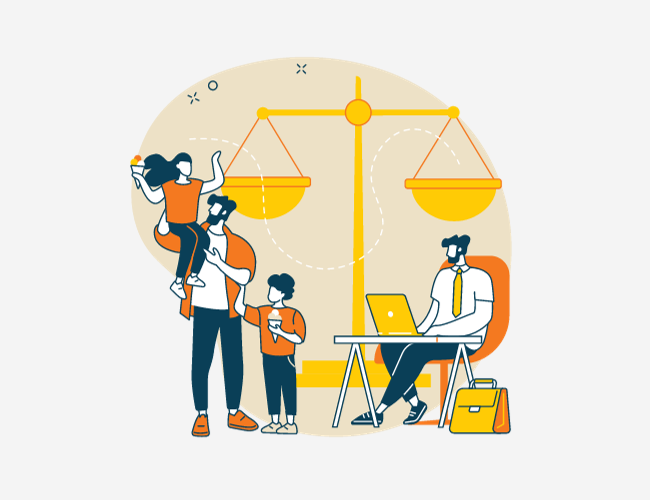In a recent survey by Future Workplace and View, 1,601 employees in a corporate office environment revealed that their most desired wellness perks centered primarily around environmental factors. Topping the list of desired wellness benefits was better air quality (58%), followed by comfortable light (50%), water quality (41%), and comfortable temperatures (34%). At the bottom of the list were fitness facilities (16%) and tech-based health tools (13%).
Where’s The ROI?
These results may come as a surprise to managers and human resource administrators. Workplace wellness programs have grown into a multi-billion dollar industry, and the average company expenditure on wellness programs in 2019 is $3.6 million. Workplace wellness programs include everything from smoking cessation programs to onsite gyms to health screenings to onsite music lessons.
But do any of these perks pay off in reduced healthcare costs, improved employee health, or higher retention?
According to research from Harvard, maybe not. Researchers randomized wellness benefits across 20 randomly selected worksites in the BJ’s Wholesale Club chain. The researchers then tracked results across all 160 worksites in the chain. The test group consisted of over 4,000 employees, while the control group consisted of almost 29,000 employees.
The results surprised many in the industry, but that should not have been the case. At the worksites with a wellness program, employees were 8.3% more likely to report engaging in regular exercise and 13.6% more likely to report managing their weight than employees at worksites without the wellness program.
The other results were less encouraging. After 18 months, the employees at the worksites with wellness programs showed no significant difference in clinical measures of health, such as body mass index, blood pressure, or cholesterol. They also did not exhibit lower absenteeism, better job performance, or lower health care use or spending.
Although the results of the study were less than stellar, it is important to note the limitations of the study, such as only 18 months of data was reviewed and the wellness program included a health risk assessment (HRA) and biometric screening, both of which have been shown to not be effective.
Addressing The Employer/Employee Gap
Survey responses, such as those from the Future Workplace/View survey, suggest that more conversation between employers and employees should be the starting point for any wellness program. When employers assume they know what employees want, they risk spending money on perks that won’t produce the desired results—happier, healthier employees.
If employers want to remain competitive in an employee-oriented job market, wellness programs can help differentiate one employer from another. Such differentiation can be vital to recruiting—one study showed that 73% of job seekers want prospective employers to offer wellness programs and another survey suggests that offering wellness programs increases employee retention, even for non-participants.
However, if employees are ultimately dissatisfied with basic environmental factors and at the same time don’t take advantage of existing wellness programs, they are more likely to leave.
Creating A Great Environment
For companies that want to attract and retain employees, it’s vital to address any environmental factors that create unpleasant conditions. Quite often, factors like air quality, temperature, water quality, and lighting are things that can be addressed with a minimal amount of expense. And making improvements in these areas can reduce absenteeism by up to four days per year. Also, all employees in a facility benefit from these investments (participation is not required).
Increasingly, employees want some level of environmental customization. With the vast amount of customization offered to consumers and an increasing ability to control even the smallest environmental shifts in our home environments, it’s no wonder that workers expect similar conditions in an office. In fact, the Future Workplace/View survey found that employees would choose a personalized workplace over unlimited vacation by a margin of 42% to 28%.
Such customization doesn’t have to require a refit of the entire office. Some companies have found solutions by simply reconfiguring modular workspaces, placing employees who prefer natural light and warmer conditions near windows. Acoustic levels can be similarly managed by configuring workspaces to give remote workers, teams, and solo workers space to work in their preferred noise levels. Many companies are providing various environmental options throughout their office and removing dedicated desks, so employees can choose the right workspace for them on any given day. An ancillary benefit of this model is that it helps manage costs (less workspaces are required) and it has employees engaging with more colleagues than just the ones that were assigned a desk near them.
Holistic Wellness
None of these environmental preferences preclude offering other wellness perks, however. Employees and job seekers still say that they want things like onsite gyms and high-tech wellness tools. Companies that take the time to address both the basics and the more innovative benefits will find themselves ahead of the curve in the long run.












